More Rangehood Issues
fandlil
15 years ago
Related Stories
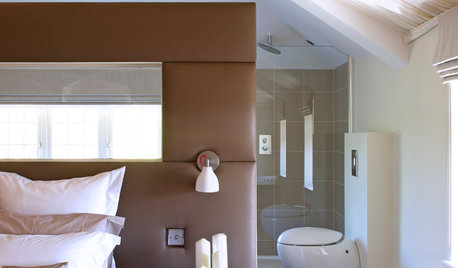
You Said It: Hot-Button Issues Fired Up the Comments This Week
Dust, window coverings, contemporary designs and more are inspiring lively conversations on Houzz
Full Story
COLORColor Commitment Issues? Just Throw In a Pillow
You don't need to go big or permanent to go bold with color in your rooms; you only need to master the easy art of the toss
Full Story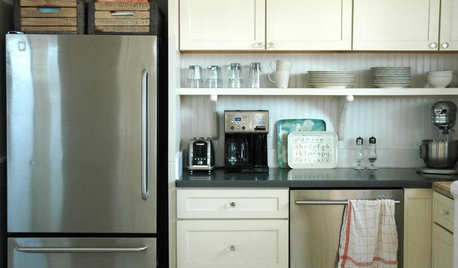
KITCHEN DESIGNTrick Out Your Kitchen Backsplash for Storage and More
Free up countertop space and keep often-used items handy by making your backsplash more resourceful
Full Story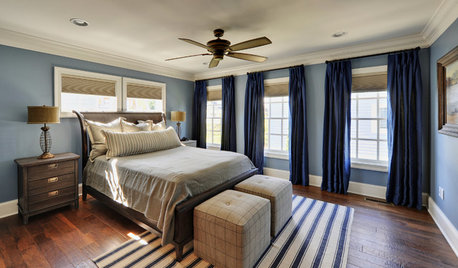
COLORBedroom Color: The Secret to More Sex and More Sleep
Look to surprising revelations about bedroom wall colors to get more of what you want
Full Story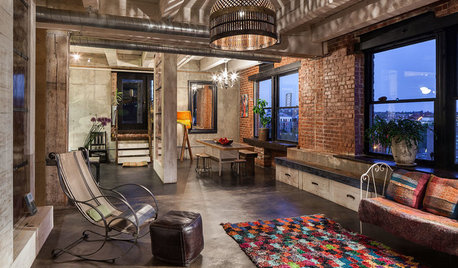
You Said It: ‘The More Dents, the Better’ and More Houzz Quotables
Design advice, inspiration and observations that struck a chord this week
Full Story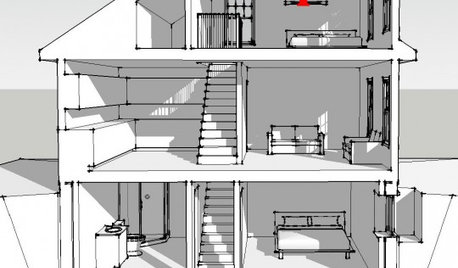
ATTICSMore Living Space: Making Room for Family
8 considerations for remodeling an attic or basement to create additional living space
Full Story
LIFEYou Said It: ‘What Will You Grow?’ and More Houzz Quotables
Design advice, inspiration and observations that struck a chord this week
Full Story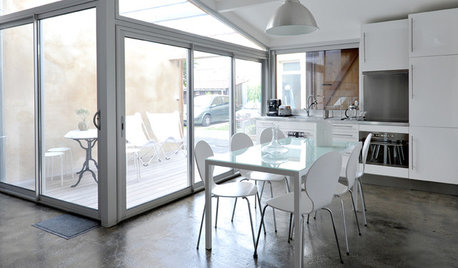
MORE ROOMSMore Living Space: Converting a Garage
5 things to consider when creating new living space in the garage
Full Story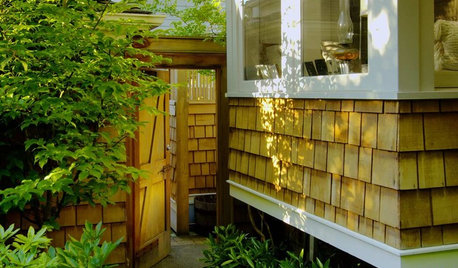
REMODELING GUIDESMicro Additions: When You Just Want a Little More Room
Bump-outs give you more space where you need it in kitchen, family room, bath and more
Full Story
LANDSCAPE DESIGNNatural Swimming Pools: More Beauty, No Chemicals
Keep your skin and the environment healthy with a pool that cleans itself, naturally
Full Story


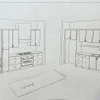
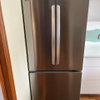
homepro01
guadalupe
Related Discussions
More Chard issues
Q
More countertop questions/issues
Q
Need to finance home, but land is worth more causing issues
Q
Can't get a zone to stop running and created more issues diagnosing
Q
fandlilOriginal Author
davidro1
harry_wild
footflash
fandlilOriginal Author
clinresga
fandlilOriginal Author
clinresga
cooksnsews
clinresga
fandlilOriginal Author
cooksnsews
clinresga
cooksnsews